The Greatest Disappointment in Popular Film History
Plus: a new time for my next walking tour, the Wheat Sheaf under threat, Old City Hall opens its doors, and more...
I’m working on some big new posts for the weeks ahead, but in the meantime I thought I’d dig into the archives to share a version of the first big new post I ever wrote for the newsletter, all the way back at the beginning of 2022…
Our story begins in the town of Komárno, which stands on the banks of the Danube. The great river splits the small city in two: one half is in Slovakia; the other (called Komárom) is in Hungary. It’s a fascinating place I’ve written about before. It appears in The Toronto Book of Love because of its connection to one of the most extraordinary of all Torontonians. Miriam Rosenthal grew up in Komárno, but during the Second World War she was sent to Auschwitz where she realized she was pregnant, gave birth in a concentration camp, miraculously survived, and then moved to Toronto with her husband and her baby.
But as it turns out, she wasn’t the only notable Torontonian from Komárno. It was just a year after the end of the war that Ivan Reitman was born on the same side of town where Miriam Rosenthal grew up. His parents, too, were part of the city’s Jewish community and suffered terribly during the war. His father was a resistance fighter. His mother survived Auschwitz.
Things didn’t get much easier once the war ended. Just a few years later, while Reitman was still a toddler, Czechoslovakia’s parliamentary democracy was overthrown by a Communist coup, ushering in decades of authoritarian rule.
The Reitmans decided it was time to leave. Ivan’s mother bribed a tugboat captain to smuggle them out of the city. The family hid beneath the floorboards, which were nailed into place above them as the boat chugged up the Danube toward Vienna. Little Ivan was given sleeping pills to keep him quiet. “I was so knocked out that I slept with my eyes open,” he later remembered. “My parents were afraid I was dead.”
It was five long days later that they finally arrived in the Austrian capital. The boards were pried back up. The family was free.
That’s how Ivan Reitman ended up in Toronto, as a refugee. He lived above his family’s dry-cleaning shop on Avenue Road and went to Oakwood Collegiate — that’s where he started a high school folk band, playing the coffeehouses of Yorkville at the height of the 1960s scene.
At first, it looked like music would be Ivan’s future. That’s what he studied at McMaster University. But since his dream was to compose movie scores, it’s not entirely surprising that at school he got even more interested in film. His classmates included the likes of Martin Short, Eugene Levy and Dave Thomas. Before long, Reitman was the head of the McMaster Film Board and beginning to make his first student films.
He’d always loved movies. His favourite toy as a boy was a slide projector that showed still images from Disney cartoons. He’d even tried to take it with him as his family made their dramatic escape from Komárno, a toddler vainly trying to shove an entire slide projector into his suitcase before his parents made him leave it behind. And the kind of films he made as a young man seem to have been deeply influenced by the long days he spent hiding beneath the boards on that tugboat on the Danube.
“You have to know one thing,'' his dad once told The Washington Post. ''We were five days in that boat. It was very hard on him. This affects a child. Maybe what he missed as a very young child, this is what he wanted to recapture in high school and college — the crazy stuff.''
Reitman’s first student film has been called “the most successful student film ever made in Canada.” It got a theatrical release, playing in local Toronto cinemas as a short shown before a Dustin Hoffman/Mia Farrow movie. His second film, on the other hand, would instantly make him one of the most notorious filmmakers in the city.
The Columbus of Sex was basically a soft-core flick based on a 4,000-page anonymous Victorian sexual memoir that’s been called “one of the strangest and most obsessive books ever written.” The film was quickly seized by police and Reitman found himself on trial for obscenity.
The court case made frontpage news. And despite a spirited defence that included testimony from Pierre Berton arguing in favour of the film’s artistic merits, Reitman was convicted, fined, and put on parole. The Columbus of Sex became the first Canadian film ever banned by the Ontario Board of Censors.
Many of Reitman’s early movies would be raunchy, boundary-pushing affairs. Take Cannibal Girls, for instance, which starred Eugene Levy and Andrea Martin and was about exactly what it sounds like it was about.
Then there was Orgy of the Blood Parasites, which would spark its own massive national controversy. It was produced by Reitman and renamed Shivers before its release. It was the third film from a promising young director named David Cronenberg. And as you’d expect from Cronenberg, it combined sex and violence in a way that was deeply shocking to many Canadians in the 1970s — especially since it got public funding from Telefilm (called the Canadian Film Development Corporation back then).
Respected Canadian film critic Robert Fulford denounced the film as "the most repulsive movie I've ever seen… an atrocity, a disgrace to everyone connected with it — including the taxpayers.” He claimed it was so shockingly awful that Canada might not deserve to make movies at all anymore. “If using public money to produce films like this is the only way that English Canada can have a film industry, then perhaps English Canada should not have a film industry.”
Shivers was debated in the House of Commons. David Cronenberg’s landlady kicked him out of his Toronto apartment over it. But it also became one of the highest grossing films Canada had ever produced (the first to make Telefilm’s money back) and has a 85% rating on Rotten Tomatoes.
Still, it was clear conservative Canada wasn’t ready for it. With his reputation north of the border taking a beating, Reitman would shift his focus south to the United States. And his raunchy Canadian horror roots would inform the raunchy American comedies to come.
It was a night at the El Mocambo that sparked the big shift. That’s where Reitman saw National Lampoon’s live show, Lemmings. It starred John Belushi, Chevy Chase, Christopher Guest and Zal Yanovsky (the Torontonian guitarist of The Lovin’ Spoonful). Reitman was so impressed, he soon talked his way into producing one of National Lampoon’s live shows himself.
He did have experience producing for the stage. He’d worked on Spellbound, a rock music/magic show starring another one of his old McMaster classmates: the magician Doug Henning, who would later become famous for bringing the Natural Law Party to Canada, running on a platform dedicated to "the principles of Transcendental Meditation." The show was written by Cronenberg, featured music by Paul Shaffer and Howard Shore, opened at the Royal Alex, moved to Broadway, and won the Tony for Best Musical.
But movie theatres are where Reitman’s partnership with National Lampoon would really pay off. Together, they made Animal House — one of the most successful comedies of all-time.
The hits came quick after that — whether Reitman was serving as a producer or a director. Over the next two decades, he would make Twins, Stripes, Kindergarten Cop, Legal Eagles, Dave, Space Jam and, of course, Ghostbusters.
Ivan Reitman and Bill Murray had been working together for years. Reitman was the first director to hire Murray for a big film role when he cast him in Meatballs, a movie inspired by the Ontario summer camps of Reitman’s youth and filmed in Haliburton.
Ghostbusters was their biggest hit yet — co-starring another old friend of Reitman’s: Dan Aykroyd, who he’d met early in his career, during a brief stint working at CITY-TV before quickly being fired by Moses Znaimer.
Ghostbusters smashed box office records, making more money than any comedy ever had. It became a cultural phenomenon, spawned a multimedia franchise, and has been preserved by the Library of Congress among the greatest American films of all-time. Even the theme song was a #1 hit.
It was so big, in fact, that its director was asked to make a superhero movie. Ivan Reitman was going to direct Batman.
His vision for the franchise was very different from the moody Batman films of today. In keeping with Reitman’s comedy experience, it would be a much lighter take on the superhero. The sidekick Robin would be played by Eddie Murphy. The villainous Joker would be David Bowie. And the caped crusader himself would be portrayed by Bill Murray .
It had the potential to be amazing. But we’ll never know for sure. As delays mounted, Reitman moved on to other projects. Instead of his tongue-in-cheek take, Batman evolved into the darker Tim Burton film that eventually did get made.
One writer, Calum Russell, has called the loss of a Bill Murray Batman “perhaps the greatest disappointment in popular film history.”
But none of it slowed Reitman down. While Batman never happened, the Torontonian carried on having success throughout his career — even landing a Best Picture Oscar nomination for Up In The Air. He kept making movies for the rest of his life, passing away in 2022 at the age of 75.
And Ivan Reitman’s legacy in Toronto isn’t limited to the silver screen. He has also left a physical mark on our city’s skyline, one that will be with us for a long time to come.
The dry-cleaners on Avenue Road wasn’t the only business the Reitmans owned. Ivan’s dad also bought a carwash. It was called Farb’s Car Wash and it stood right downtown on the corner of King & John. At the time, it was an industrial part of town, but the neighbourhood was about to be transformed. And when it was, that corner would prove to be a very valuable piece of real estate. Soon, Honest Ed Mirvish moved into the area, opening restaurants and theatres; he turned that stretch of King Street into the Entertainment District we know today. Reitman’s dad turned the carwash into a parking lot to serve the theatre-goers. And as property values skyrocketed, he decided to sell the land and make a tidy profit.
That’s when his son stepped in. Ivan Reitman used some of the money he’d made from Animal House to keep the land in the family, waiting for an even bigger opportunity.
It came in the early 2000s. When the Toronto Film Festival revealed it was looking for a new home, Reitman had just the place for them. “I always had this close relationship with the film festival,” he later told The Toronto Sun. “And after my parents passed away, my sisters and I wanted to find a way to memorialize their extraordinary love story — World War II and through Communist Czechoslovakia, this wonderful immigrant story, which was also my story, because I escaped with them to Toronto.”
He donated the land where his father’s carwash once stood, giving it to the film festival as a place to build their new home. “I always wanted to do something for the city,” Reitman explained, “and what could be better?”
So today, as the Lightbox soars above King Street, it’s not only one of the most special places to watch movies in Toronto — it’s also a towering testament to the story of the Reitmans, to a resistance fighter and a woman who survived Auschwitz, to their escape from Komárno and those five days hidden under the boards of a tugboat, to their son’s raunchy horrors flicks, the ones that were banned and denounced as obscenities, and to the beloved comedies and summer camp romps and ghost-fighting heroes that followed.
It’s even, if you squint just a little bit, a monument to the film that never got made. The one that would have seen Bill Murray in tights.
Thank you so much to everyone who supports The Toronto Time Traveller with a paid subscription! It’s thanks to you that this newsletter exists — and by keeping it going with a few dollars a month, you’re also supporting all the other work I do. If you haven’t already joined the heroic 4% of readers who support the newsletter with a paid subscription and want to make the switch yourself, you can do that right here:
A *NEW START TIME* For My Next Public Walking Tour!
I’ve got a new walking tour coming up! And I’ve decided to push the start time back a little bit…
The Ward and Kensington Market are two neighbourhoods that helped transform Toronto, laying the foundations for a multicultural metropolis back in the days when our city was still a stubbornly British place. We’ll spent a Saturday afternoon evening walking between them and exploring some of those stories, along with tales hidden in the streets between them — everything from anarchists to runaway horses to demon ghosts.
Kensington Market is an especially magically place at dusk, so I’ve decided to push the start time back so we can end our walk as the sun is just beginning to set. And anyone who would like to join me for some drinks on the patio at Last Temptation afterward is very welcome to do so!
So here are all the updated details:
When: Saturday, July 26 at 3pm 7pm.
Where: Meet in Nathan Phillips Square (near the Toronto sign). We’ll end in Kensington Market.
Length: Approximately 1.5 to 2 hours.
Price: Pay what you like!
QUICK LINKS
The best of everything new in Toronto’s past…
THREATENED VICTORIAN BOOZECAN NEWS — It looks like the long-term future of the Wheat Sheaf, which bills itself as the oldest bar in Toronto, is suddenly in doubt. It has stood on the corner of King & Bathurst since the 1840s and City Council is looking to protect the building with a heritage designation. But the bar’s owner is trying to block the move in order to “protect the redevelopment potential” of the site. Patrick Cain wrote about it for Toronto Today. Read more.
EXPLORING OLD CITY HALL NEWS — Old City Hall is now open! At least sometimes! While the building’s future purpose is still being debated, the public is being let in to explore the site this summer. For a few hours every Friday and some Saturdays, you can go inside, attend events, take self-guided tours, check out archival photo displays, and more. Read more.
ONE-WAY NEWS — Bob Georgiou has a new blogpost with a delightful premise: he dives into the long history of one-way streets in the city. Read more.
TOWERING NEWS — New plans have been unveiled for College Park, with three towers slated to rise above an expanded version of the Art Deco landmark. Read more.
ROTTING FERRY NEWS — In a nifty post on Bluesky, Toronto Boris shared some photos of the current location of the old Bluebell ferry. It began plying the waters of our harbour back in 1906 and what’s left of it now serves as a breakwater at the Leslie Spit.
Jeremy Hopkin shared some more historical details, too:
(Click to open on Bluesky.)
And Keena Alwahaidi filled in even more of the context on blogTO, including the fact that the Trillium was once in line for the same fate. Read more.
TORONTO HISTORY EVENTS
1920s GARDEN PARTY AT SPADINA MUSEUM
July 20 — 12-5pm — Spadina Museum
“Be transported to another era as you experience the sights and sounds of summer at Spadina in the 1920s. The historic gardens and sprawling lawns will be set for picnics and lawn games. Visitors take part in art-making workshops and tour the public rooms of the historic mansion. Live music, dancing, and a costume parade fill out the day’s activities. Shop for unique products, prepared food, and drinks from diverse local vendors. You may also pack your own picnic. Spadina’s annual event is inspired by a garden party organized by Mary Austin in support of the Women’s Art Association of Canada in 1928. This year's event celebrates the theme of Home. Wear your best historical 1920’s dress from all cultural and ethnic backgrounds.”
$28 for adults and seniors; $20 for youth and children.
MUSIC WALKING TOUR OF YONGE STREET
July 22 at 3pm; August 6 at 4pm; September 2 at 4pm — Downtown Yonge BIA & Mackenzie House Museum
“From choral songs to jazz ensembles, and blues club crawls to Massey Hall, join us for a walking tour along Yonge St. that considers the vibrant musical history of downtown Toronto. This tour will examine the venues, recordings, instruments, and performances that enriched the Yonge Street music scene through the lens of the virtuoso Canadian jazz pianist, Oscar Peterson, whose centenary is celebrated in 2025! We will start the walk at the St. James Cathedral grounds in Old Town Toronto and make our way to Turko Parkette in the Downtown Yonge neighbourhood. Tour is led by the staff of Mackenzie House Museum.”
Free!
WHEELING THROUGH TORONTO: A HISTORY OF THE BICYCLE AND ITS RIDERS
July 24 — 6:30pm — Deer Park Library
“Cities around the world, including Toronto, are embracing the bicycle as a response to the climate crisis. This is not the first time the bicycle has come to our rescue, proving itself a loyal friend during times of crisis, including the world wars and the COVID pandemic. In Wheeling through Toronto, author Albert Koehl takes the audience on a 130-year ride through the rich history of the bicycle in Toronto. By understanding how we got here, we can begin mapping a way forward, one in which the potential of cycling is maximized.”
Free!
THE LOYALISTS ARRIVE IN YORK: WALKING TOUR
July 25 — 10:30am — Town of York Historical Society
“In this walking tour, explore the early history of the Town of York, with a focus on the Loyalist experience during the American Revolution, the War of 1812, the Battle of York, amidst the backdrop of the Old Town neighbourhood.”
$17.31
I WAS NEVER HERE: CONVERSATIONS WITH A CANADIAN SPY
July 25 — 6pm — Agincourt Library
“Have you ever wondered if you have what it takes to be a Spy? What does being an intelligence officer actually look like? Have all your questions answered by Andrew Kirsch, former Canadian Security Intelligence Service officer as he discusses his new book, I Was Never Here, revealing behind-the-scenes the work of a Canadian spy.”
Free!
VIOLENCE & SCANDAL IN MUDDY YORK: WALKING TOUR
July 25 at 7pm — Town of York Historical Society
“In this walking tour, explore the scandalous side of Little Muddy York as we walk through the surviving built environment of the original 10 blocks of Toronto and learn about the intriguing stories that would have been the gossip of the day. Invasions, epidemics, and hangings, oh my!”
$17.31
THE PAPER TRAIL TO THE 1923 CHINESE EXCLUSION ACT
July 31 — 6:30pm — Toronto Reference Library
“Join award-winning community historian Catherine Clement as she shares the findings of her landmark project, which excavated true personal stories during the years of the Chinese Exclusion Act, a tragic yet mostly forgotten chapter of Canadian history. Her book The Paper Trail to the 1923 Chinese Exclusion Act is the first to explore the broad range of 'human experiences' of exclusion. The pages reveal haunting tales of tragedy, loss, and despair as well as powerful examples of courage, perseverance, and resilience. They chronicle the lives of ordinary people caught in extraordinary times. Crowdsourced from the fragments of memories of hundreds of Chinese Canadian families across Canada, as well as extensive research, many stories and images are being shared publicly for the very first time.”
Free!
HOME GAME: TORONTO LOVES BASKETBALL
Until October 12 — Wednesdays to Sundays — Harbourfront Centre — Museum of Toronto
“Home Game: Toronto Loves Basketball chronicles the love story between a city and a sport. Even before the Toronto Raptors and the rallying cry “We the North”, basketball in Toronto was deeply rooted in the evolving social and cultural conditions of our city and its people. From the Canadian invention of basketball to the early women’s game in 1895, to the first professional game played by the Toronto Huskies in 1946, and the recent creation of the Toronto Tempo WNBA team, these milestones chart the development of the sport in our city. This exhibition, along with a series of profiles on fellow Torontonians, explores how the relationship between basketball and Toronto is unlike any other in the world.”
Free! (Donation suggested.)
HERITAGE TORONTO WALKING TOURS
Until Autumn — Various dates and times — Heritage Toronto
“Through our events, including tours, community discussions, the Heritage Toronto Awards, and more, Heritage Toronto engages the public to reflect on the city’s heritage.”
Usually $9.85.
AT HOME IN TORONTO
Until November 13 — Wed to Sun, 11am–5pm — The Market Gallery
“What does home mean to you? Discover rarely seen artifacts from the City’s collections and items from community members, the exhibition invites you to explore the many ways we define, create, and carry home with us. From a World War One soldier’s return ticket home to a precious family object stewarded by multiple generations, you’ll encounter belongings, voices, and stories of Toronto artists, makers, entrepreneurs, and community leaders as they share their unique perspectives on belonging, identity, and place. These powerful objects offer fresh, heartfelt perspectives on what it means to find, make, or remember home.”
Free!
THE 52: STORIES OF WOMEN WHO TRANSFORMED TORONTO
Until December 20 — Wednesday to Saturday, 12pm to 6pm — Museum of Toronto
“Did you know that 52% of Torontonians are women? Join Museum of Toronto as we bring their stories to life. The 52 is a project that celebrates the impact that women have had on our city, the world, and beyond. Building on a multi-year research project, our newest exhibition will celebrate the lives of 52 women who have shaped Toronto as we know it. Spanning from the 1800s until today, this exhibition shines a spotlight on the change-makers, rebels, and revolutionaries within Toronto’s 52%. While some of these women’s stories are well known, others have gone relatively untold until today. See how many names you are familiar to you — step into their shoes, learn their stories and discover the ways they have transformed Toronto.”
Free! Donation suggested.




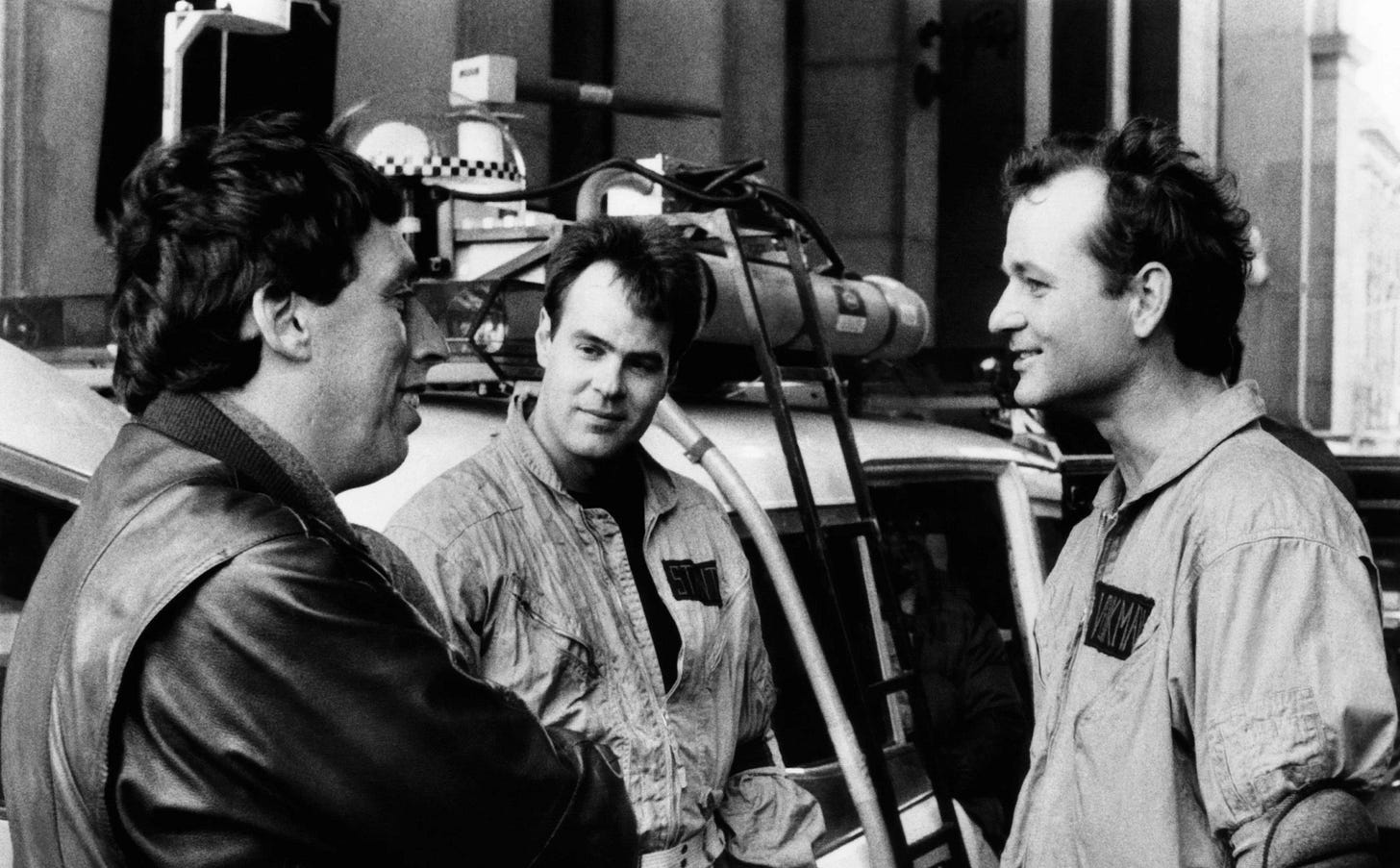
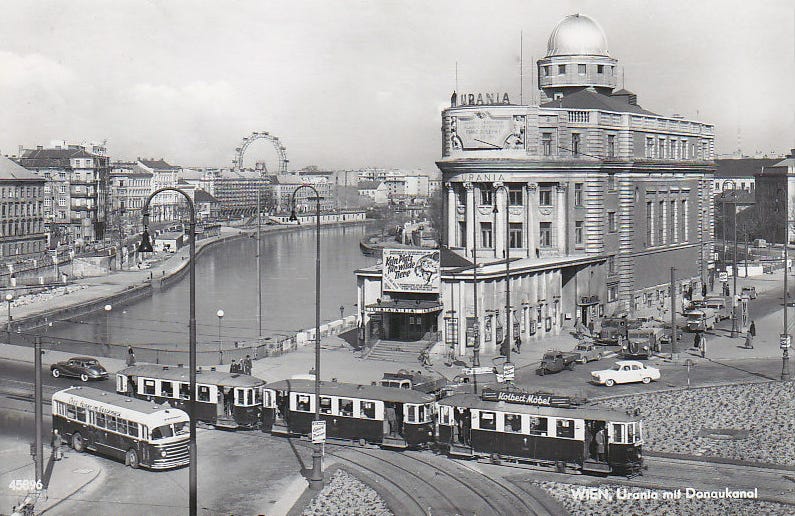
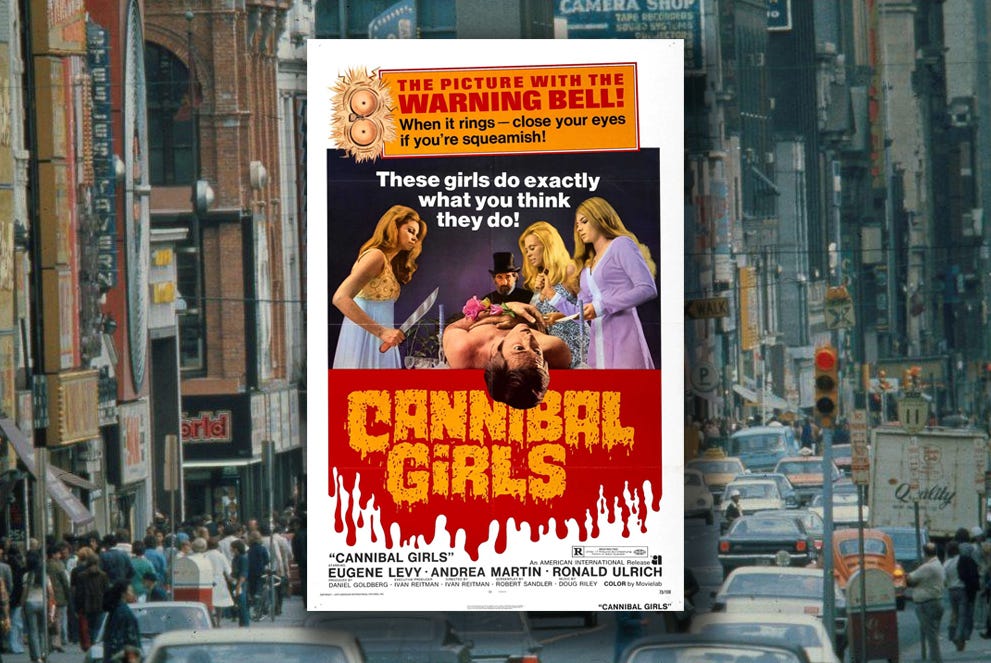
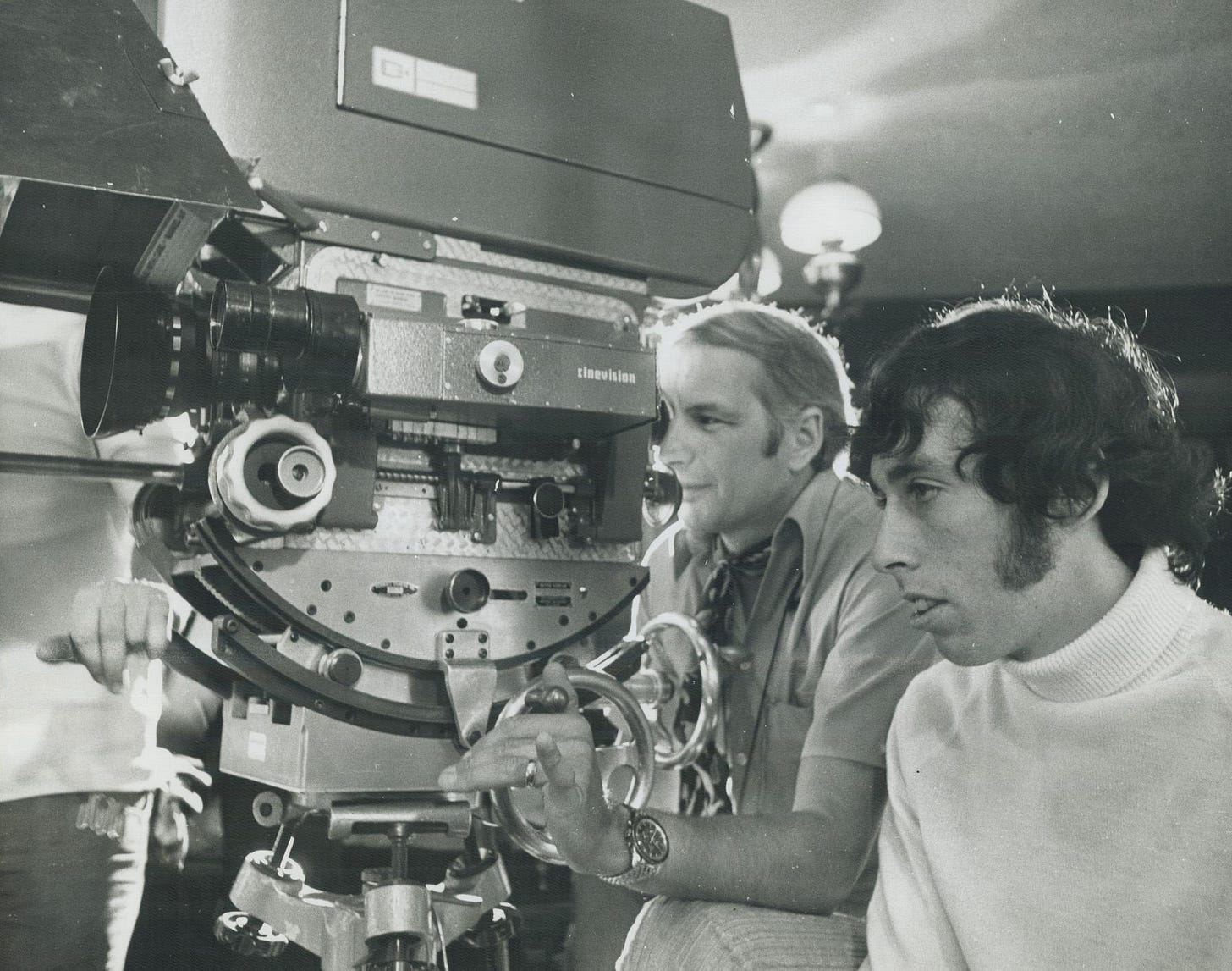
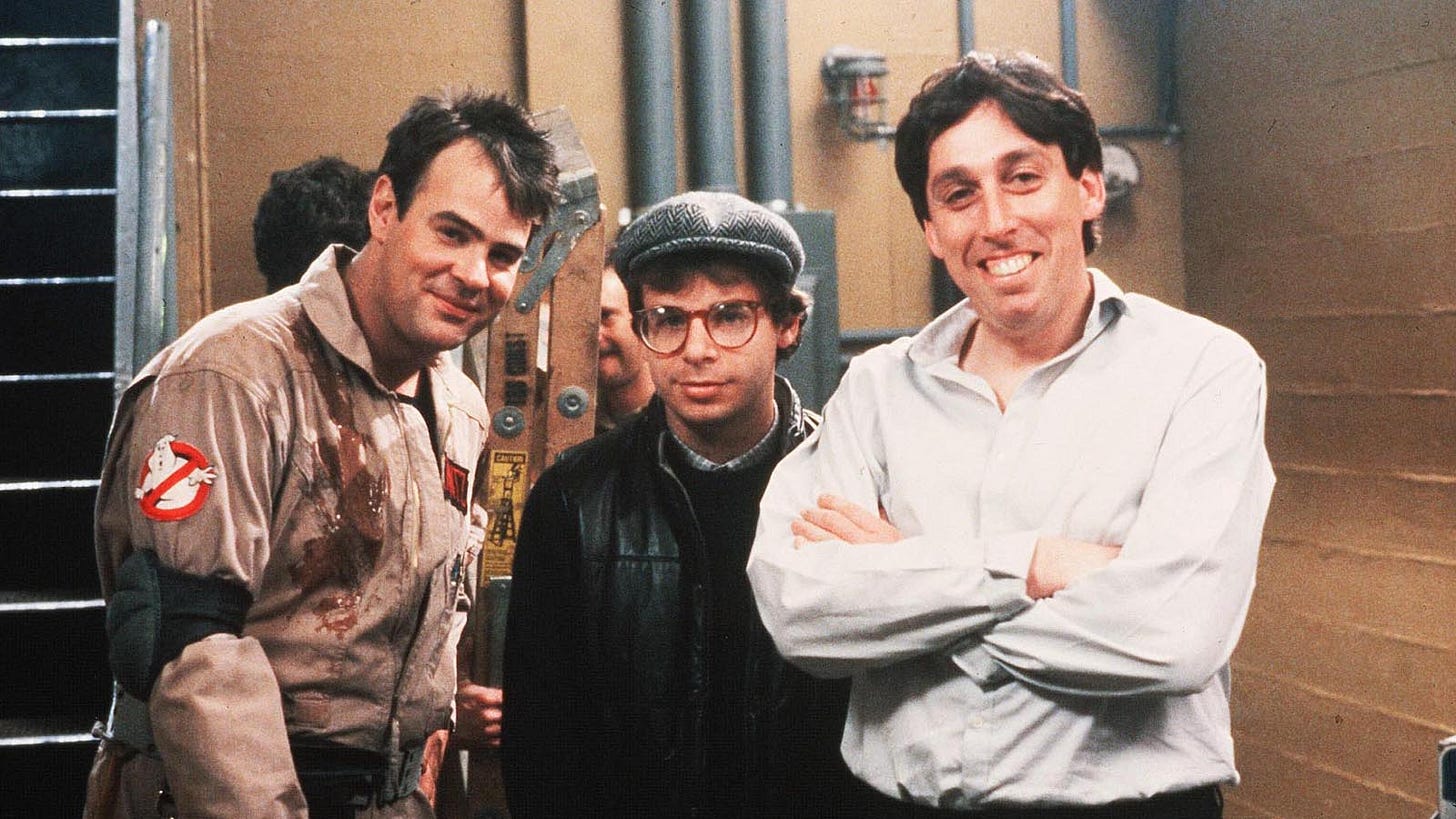
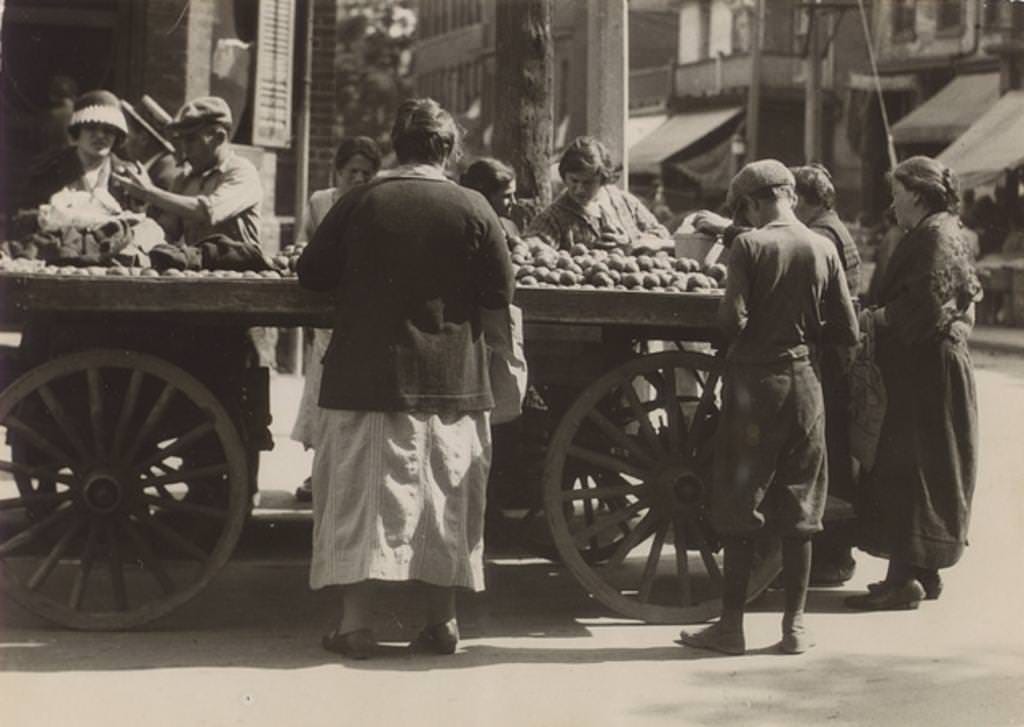
Wow. Very cool story. Didn’t know any of this.
Thanks for the memories. I still remember some of the scenes from Columbus of Sex. Makes me wonder where the cast members are now. I knew most of them at the time. Fun times, the 60s.